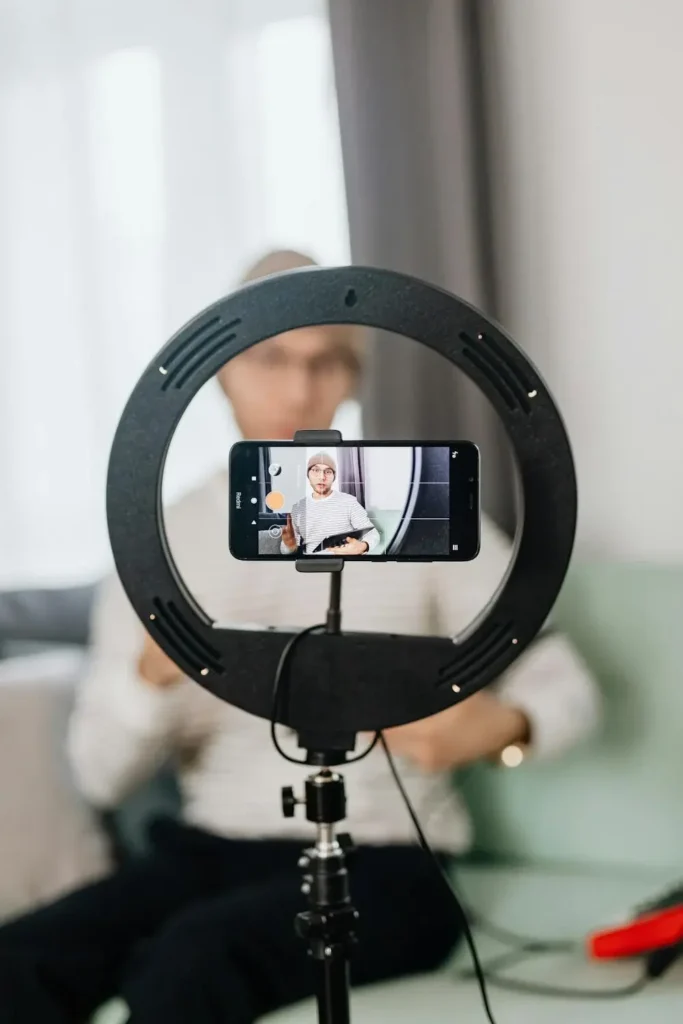
In today’s digital world, standing out as a local business can be tough. Big brands have big budgets, and traditional advertising often feels impersonal or out of reach. But there’s a game-changer that’s leveling the playing field: micro-influencers. These everyday social media personalities are helping local businesses connect with their communities in authentic, effective ways.
What Are Micro-Influencers?
Micro-influencers are social media users with a following typically between 1,000 and 100,000 people. They aren’t celebrities or internet superstars. Instead, they’re regular people—local foodies, fitness enthusiasts, parents, or hobbyists—who have built a loyal audience around their passions. What sets them apart is their ability to engage deeply with their followers and create content that feels personal and relatable.
Why Do Micro-Influencers Matter for Local Businesses?
Trust and Authenticity
People are far more likely to trust recommendations from friends, family, and familiar voices than traditional advertisements. In fact, about 69% of consumers trust influencers, friends, and family over direct brand messaging. Micro-influencers are seen as approachable and trustworthy. When they talk about a local business, it feels like a genuine tip from a neighbor, not a sales pitch.
Highly Engaged, Targeted Audiences
Micro-influencers focus on specific niches—like food, fitness, or parenting—and often have followers within their own community or city. This means their audience is not only engaged but also relevant to local businesses. For example, a local coffee shop collaborating with a neighborhood food blogger reaches people who can actually visit the shop, not just random followers from across the country.
Cost-Effective Marketing
Hiring a celebrity influencer can cost thousands for a single post. Micro-influencers are a budget-friendly choice, typically charging between $100 and $500 per collaboration. This makes influencer marketing accessible even for small businesses with limited budgets. Research shows that micro-influencer campaigns can generate $6.50 for every dollar spent, outperforming many traditional advertising methods.
Real Community Connection
Micro-influencers are part of the communities they serve. They attend local events, visit neighborhood shops, and understand the culture, trends, and needs of the area. Their content supports local businesses and helps foster a sense of community pride and support.
How Micro-Influencers Drive Local Success
Word-of-Mouth, Amplified
Think of micro-influencers as the online version of word-of-mouth—they share their experiences, and their followers listen.This can lead to increased foot traffic, more sales, and a steady buzz around your brand.
Personalization and Relevance
- Micro-influencers craft content that genuinely connects with their local audience. Think of micro-influencers as the online version of word-of-mouth—they share their experiences, and their followers listen.
- Micro-influencers are a budget-friendly choice, typically charging between $100 and $500 per collaboration.
- People are far more likely to trust recommendations from friends, family, and familiar voices than traditional advertisements.
These versions flow more naturally while keeping the original meaning intact. Let me know if you’d like any refinements or adjustments!
Whether it’s a review of your new menu item, a behind-the-scenes look at your shop, or a special promotion, their posts feel tailored and relevant. This kind of personalized content is far more effective than generic ads.
Boosted Local SEO
Collaborating with local micro-influencers can also help your business appear in local search results and directories. Their posts, tags, and engagement can boost your online presence and make it easier for new customers to find you.
Examples in Action
- Local Café and Food Blogger: A small café partners with a local food blogger for a “Taste of the Neighborhood” event. The blogger shares their experience on Instagram, hosts a giveaway, and uses a special hashtag. The result? More customers visit the café, excited by the buzz and community engagement.
- Restaurant Launch: A new restaurant works with a micro-influencer to showcase their seasonal menu. The influencer’s authentic photos and honest review lead to a 30% increase in foot traffic over the weekend and a boost in social media engagement.
- Retail Store Collaboration: A local clothing shop teams up with a style influencer who shares their favorite outfits. The relatable content resonates with followers, resulting in a 25% jump in sales and a bigger online following.
Getting Started: Tips for Local Businesses
- Find the Right Influencers: Look for micro-influencers in your area who share your values and have an engaged, local audience.
- Build Real Relationships: Approach collaborations as partnerships, not just transactions. Strong, lasting relationships tend to bring the best results over time.
- Encourage Authentic Content: Let influencers share their genuine experiences. Authenticity is what makes their recommendations powerful.
- Measure the Impact: Track engagement, foot traffic, and sales to see how your influencer campaigns are performing.
- Support Each Other: Collaborations benefit both the business and the influencer. You get exposure, and they get great content and community support.
The Future: Even More Local, Even More Personal
As we move further into 2025, micro-influencer marketing is only set to grow. Brands are moving away from broad, generic campaigns and focusing on hyper-local, hyper-personalized strategies. With trends like AI-driven insights, data analytics, and gamified campaigns on the rise, the opportunities for local businesses to shine through micro-influencers are greater than ever.

In summary: Micro-influencers are changing the way local businesses connect with their communities. Their authenticity, affordability, and deep local ties make them a powerful tool for any business looking to grow. If you’re ready to build real relationships and boost your brand where it matters most, it’s time to explore the power of localized micro-influencer marketing.
